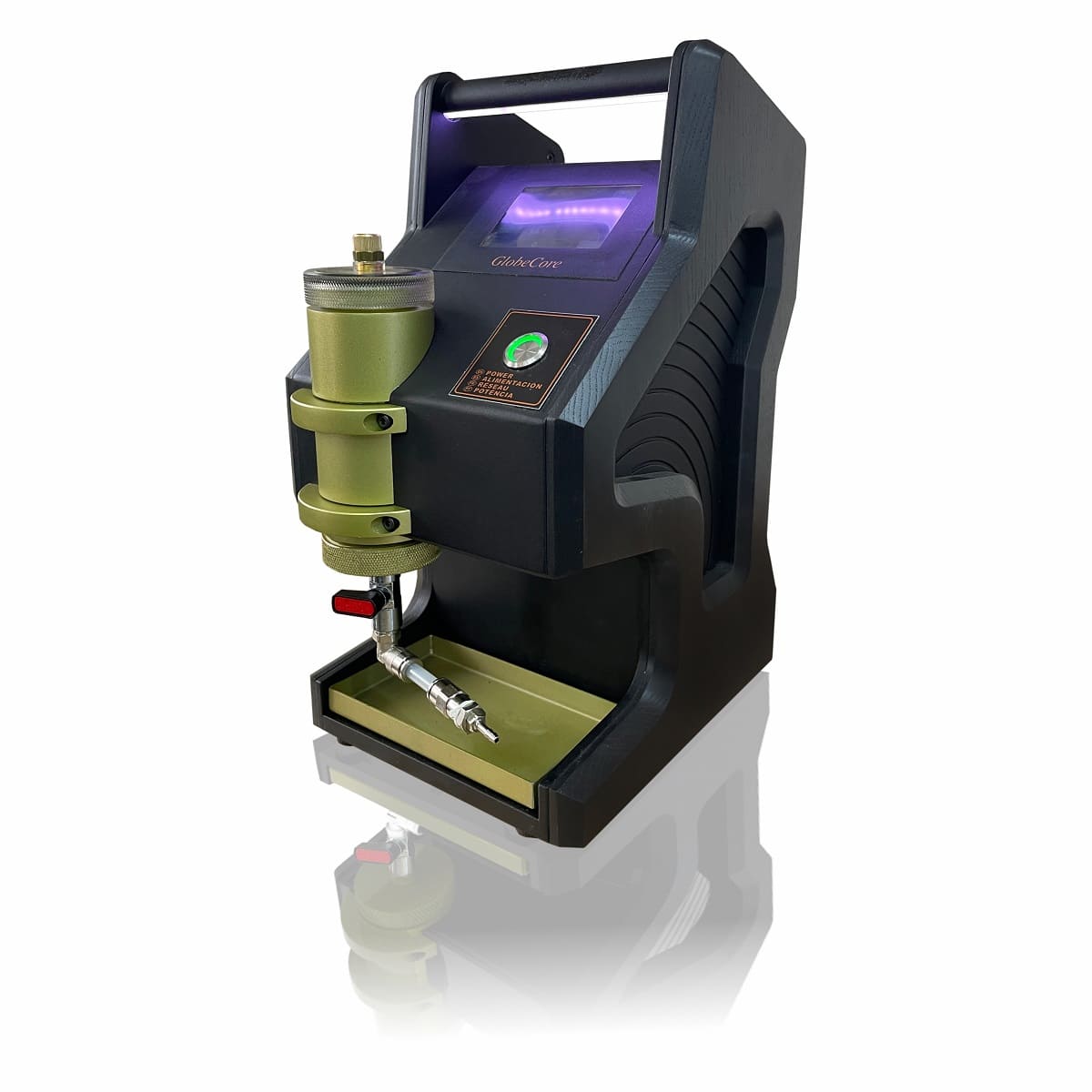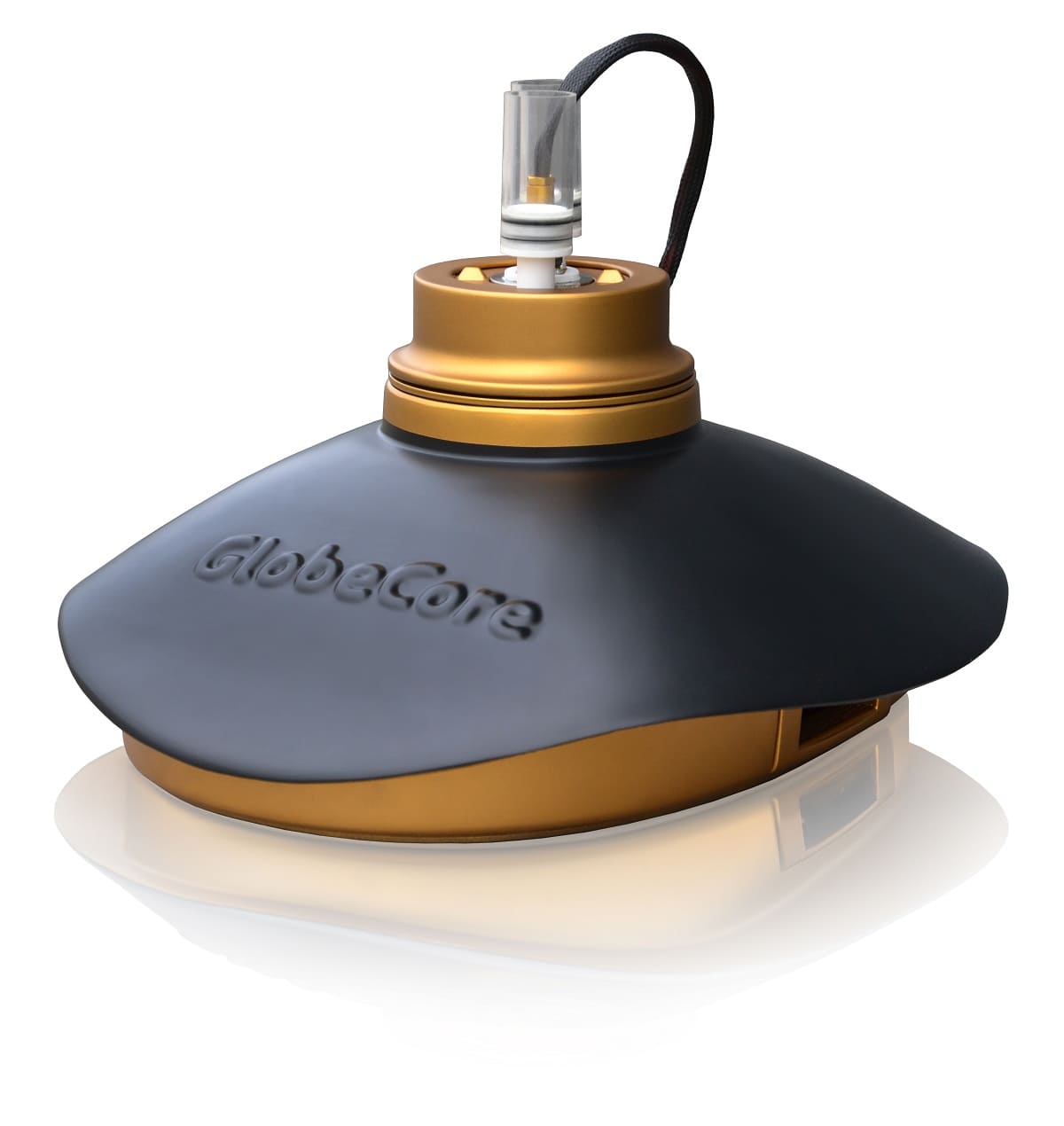What is the difference between Hi-Pot and BDV testing?
- This topic has 1 reply, 2 voices, and was last updated 1 year, 3 months ago by .
Answers
-
September 6, 2024 at 10:29 pm by Joshua Roberts
The primary difference between Hi-Pot testing and BDV testing lies in their specific applications and measuring methods. Hi-Pot testing, also known as high potential testing, is primarily used to assess the insulation strength of electrical equipment by applying a high voltage to determine if there are any breakdowns or leaks. In contrast, BDV testing refers to Breakdown Voltage testing, which specifically measures the voltage at which an insulating oil begins to conduct electricity, indicating its dielectric strength. BDV testers, like those offered by Globecore, are designed to provide accurate and reliable readings of the breakdown voltage of industrial oils, ensuring their quality and effectiveness in electrical applications. Both of these testing methods are critical in ensuring the safety and reliability of electrical systems, but they focus on different aspects of electrical insulation. When it comes to selecting the right tester for your needs, understanding the specific differences between Hi-Pot and BDV testing can guide you in choosing a suitable device from Globecore’s lineup, helping you maintain optimal performance in your operations with a bdv tester megger.



